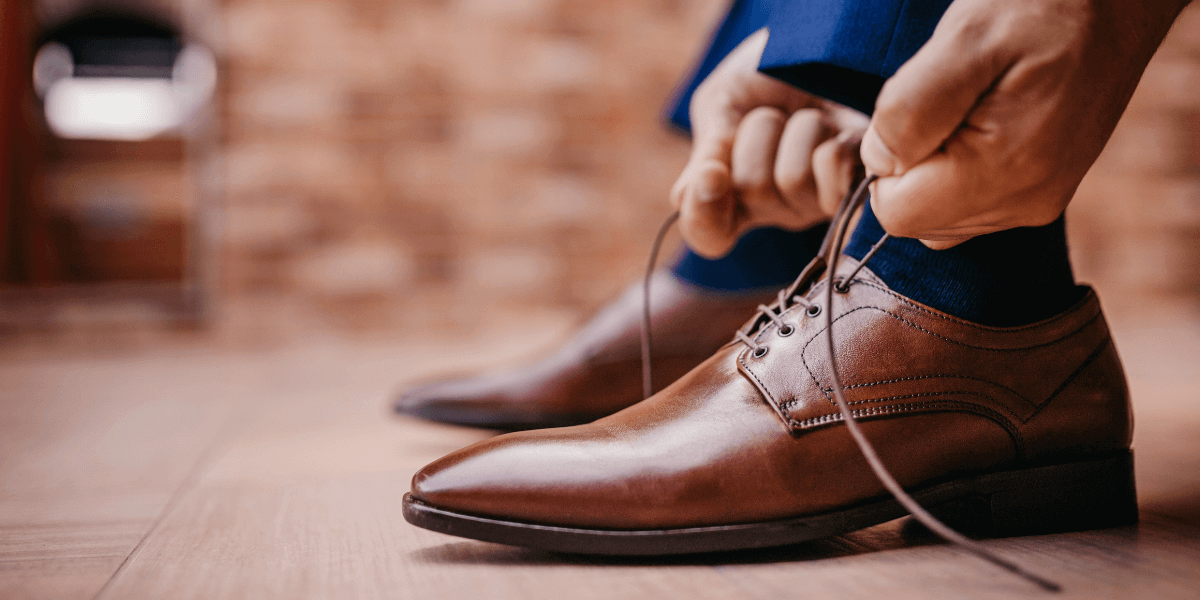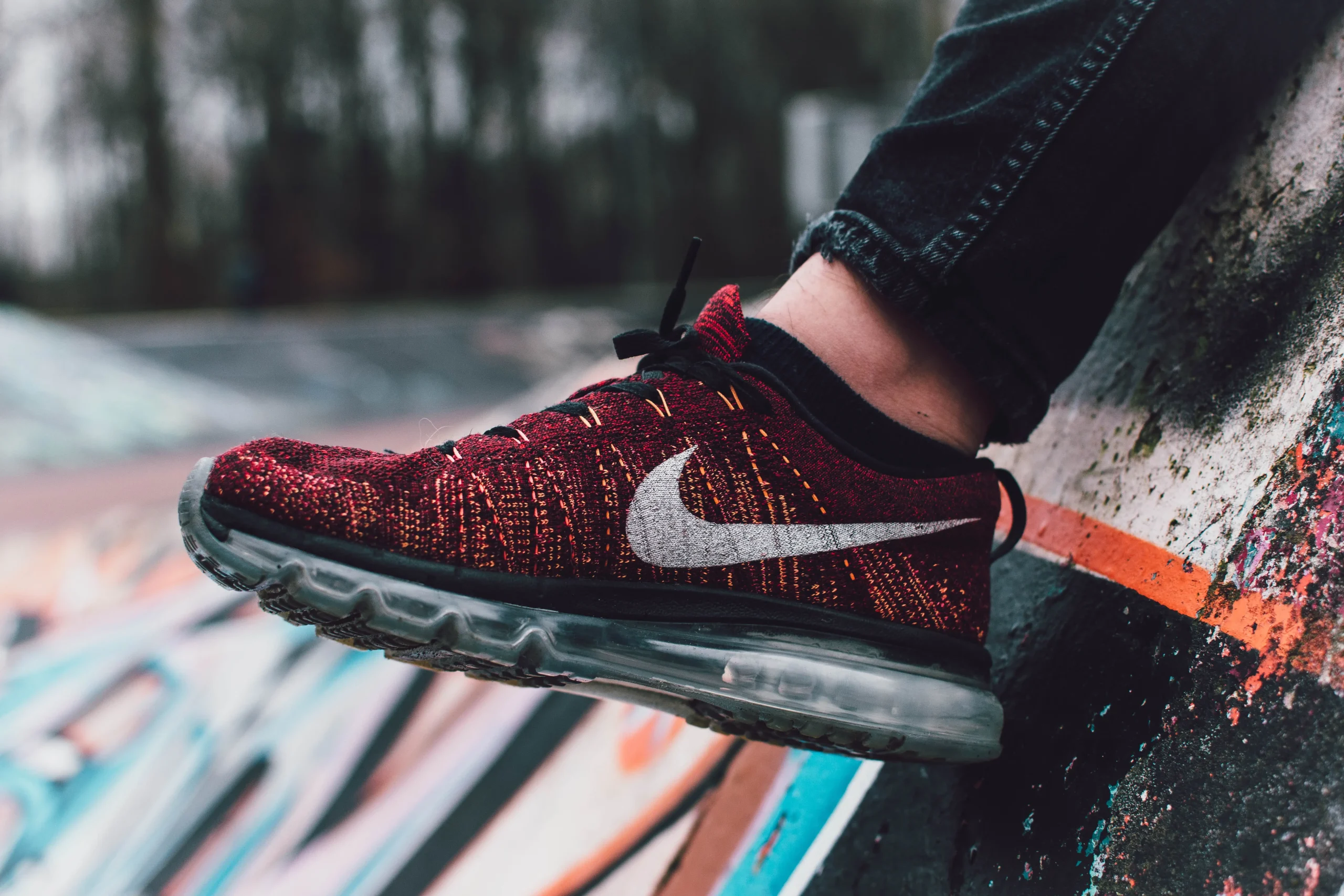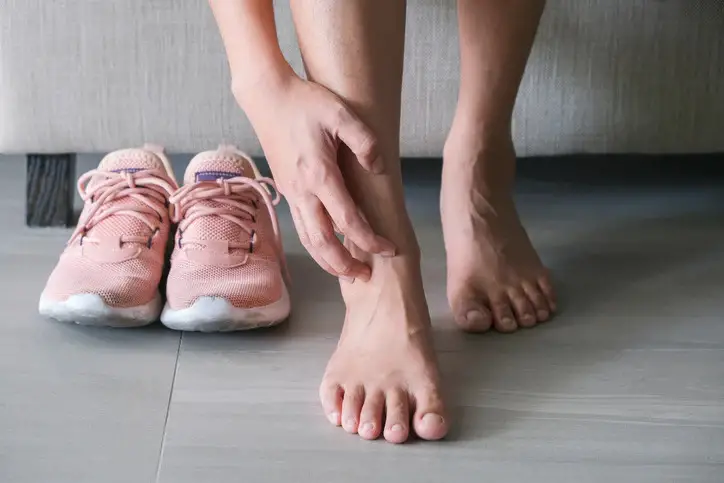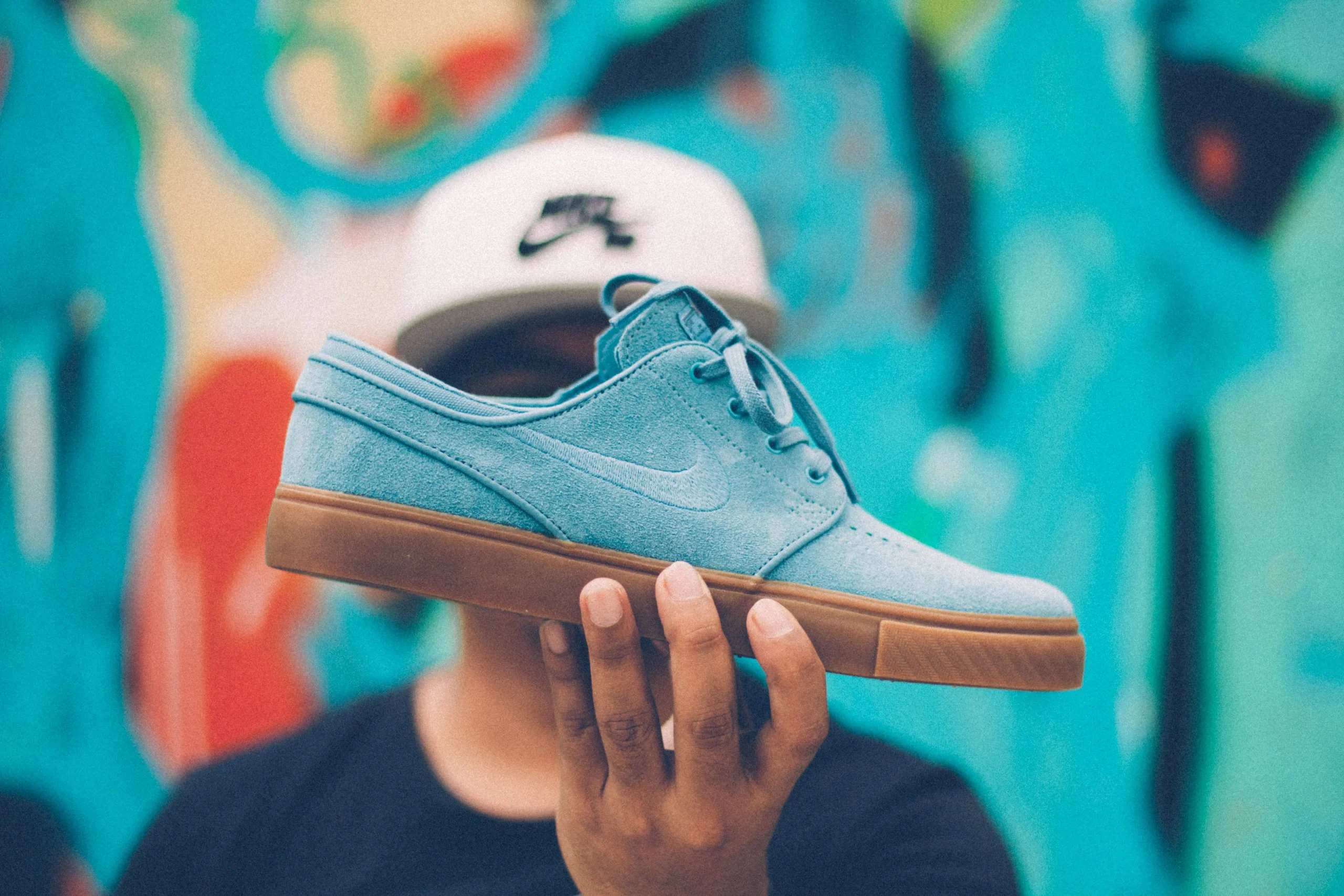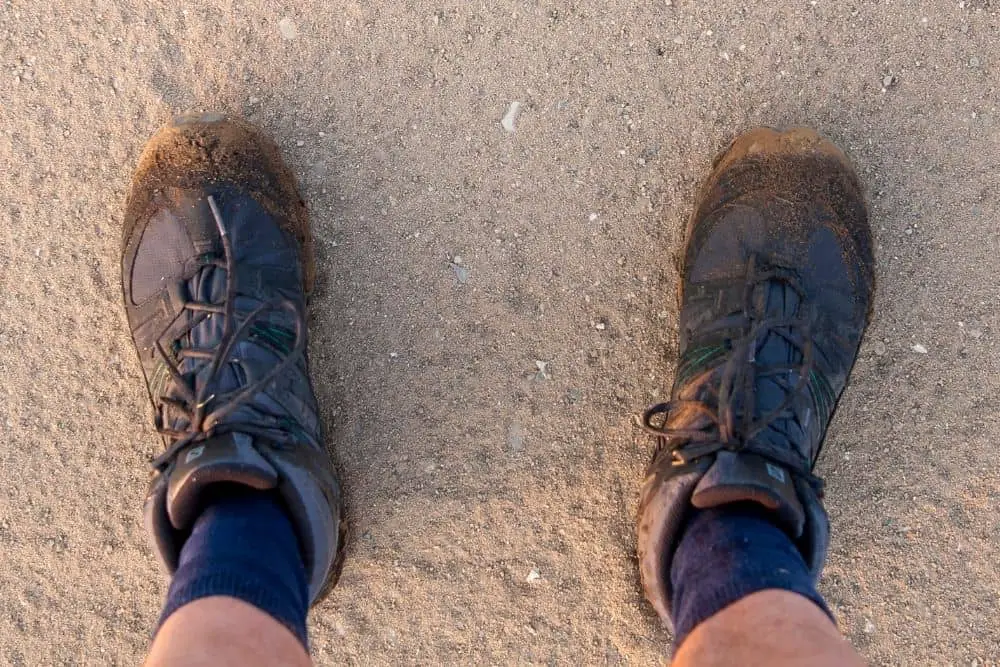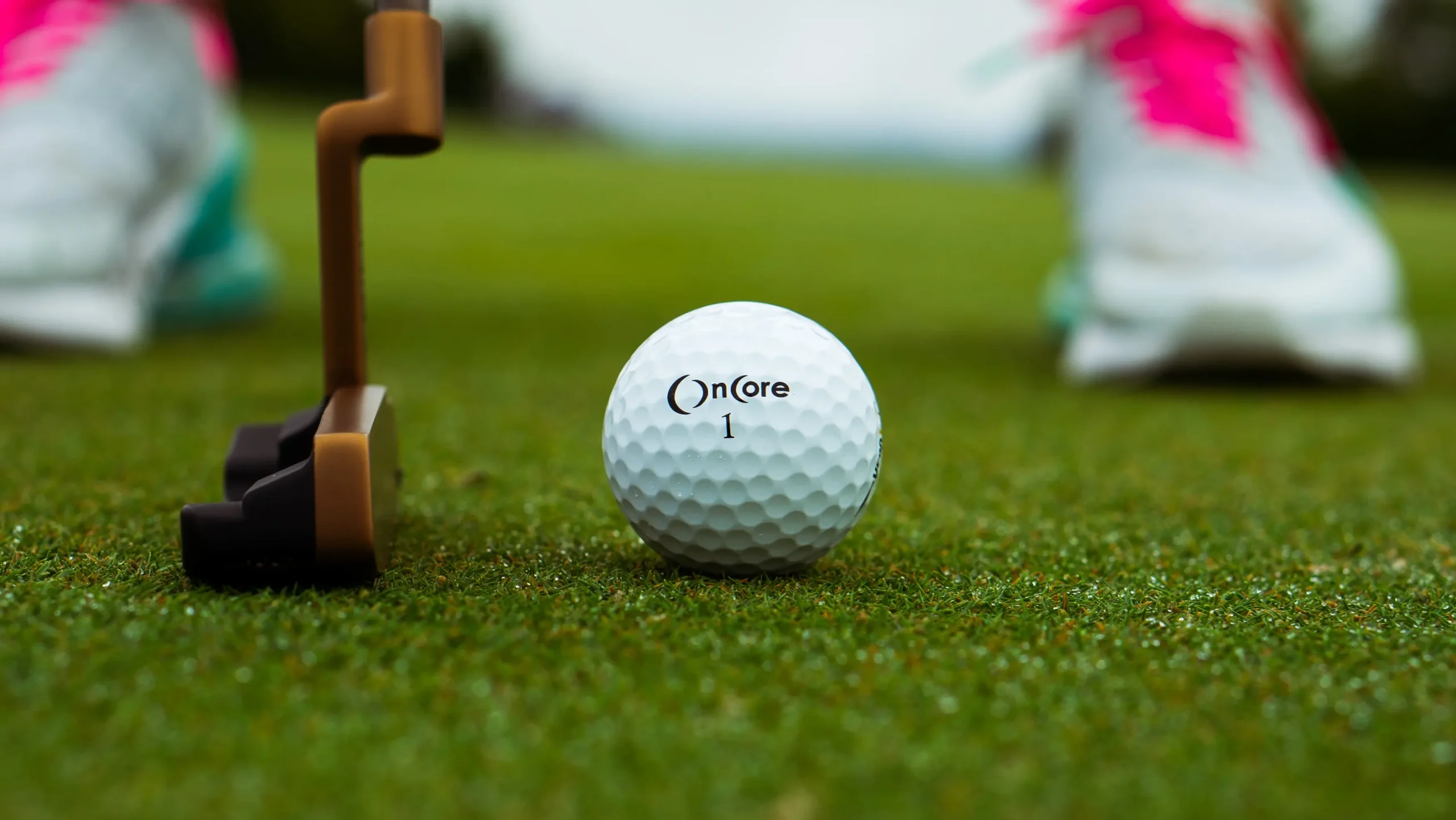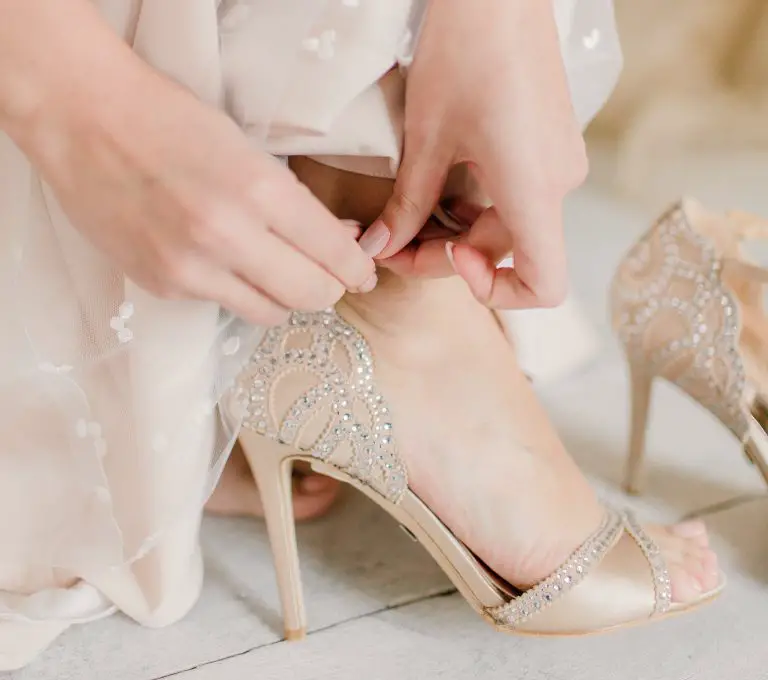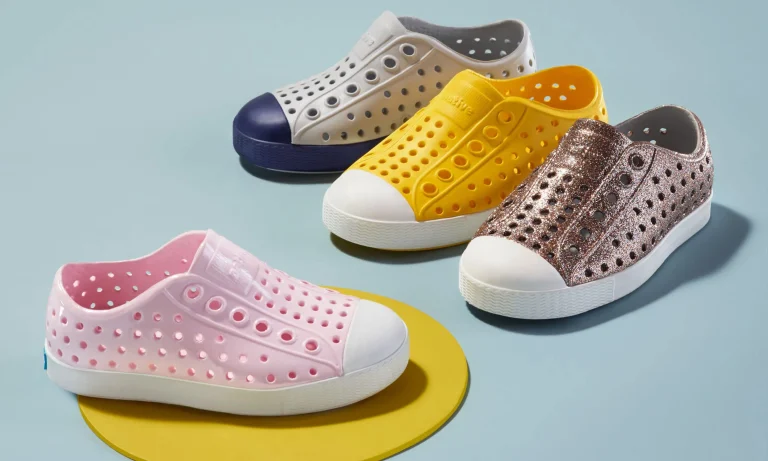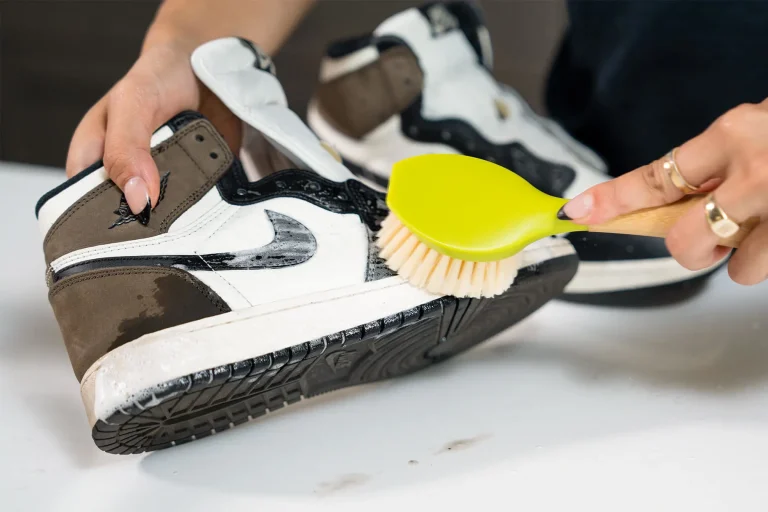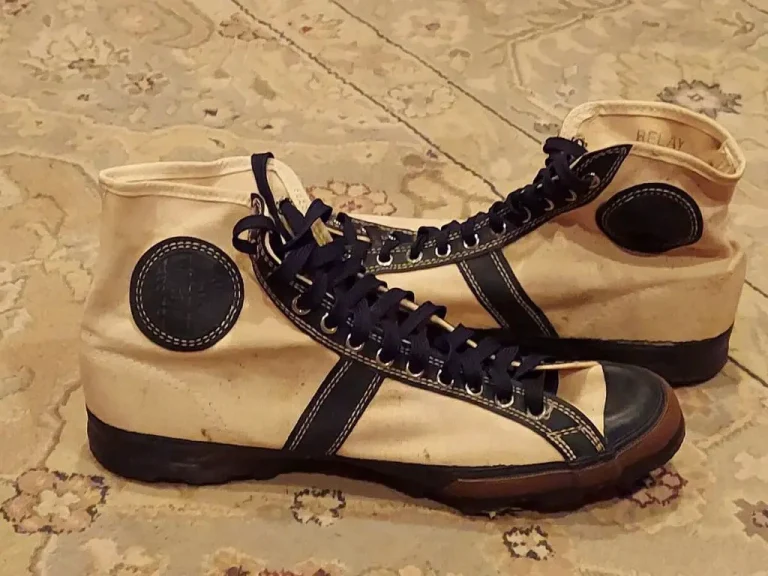Can You Wear Volleyball Shoes For Tennis?
When it comes to sports, having the right equipment is crucial for performance and safety. In the case of play volleyball and tennis. Two popular racquet sports, footwear plays a vital role in supporting the athletes’ movements on the court. However, with various athletic shoe options available. It can be confusing to determine whether volleyball shoes can be used for tennis or vice versa.
In this blogpost, we will delve into the characteristics of volleyball and tennis shoes. Compare their key features, and provide insights on whether you can wear volleyball shoes for tennis.
Understanding Volleyball Shoes:
Purpose and Design:
Volleyball shoes are specifically designed to meet the demands of the sport. Which involves frequent lateral movements, quick changes in direction, and jumping. These shoes offer excellent traction, stability, and cushioning to support the player during intense matches. Volleyball shoes typically have a low-top design to provide flexibility and freedom of movement for the ankle.
Key Features:
Traction: Volleyball shoes have specialized rubber outsoles with multidirectional patterns. That grip the court surface, allowing players to make quick lateral movements without slipping.
Cushioning
These shoes feature ample cushioning in the midsole to absorb shock from jumps and landings, protecting the player’s joints and providing comfort during extended play.
Stability
Lateral stability is a vital aspect of volleyball shoes, with features such as reinforced midfoot support and sturdy construction to prevent ankle injuries.
Related To: Can You Wear Basketball Shoes For Volleyball?
Related To: Can You Use Running Shoes For Volleyball?
Materials Used for Volleyball Shoes:
Upper Materials:
- Synthetic Leather: Many volleyball shoes feature synthetic leather uppers that provide durability, flexibility, and lightweight performance.
- Mesh: Mesh materials are commonly used in volleyball shoe uppers to enhance breathability and promote airflow, keeping the feet cool and dry during intense matches.
- Overlays: Synthetic overlays or TPU (thermoplastic polyurethane) reinforcements are often added to specific areas of the upper, such as the toe box and sides, to provide extra support and protection.
Sole Materials:
Rubber: Volleyball shoe soles are typically made of rubber, which offers excellent grip and traction on indoor court surfaces. The outsoles may have specialized patterns, such as herringbone or multidirectional patterns, to enhance stability and movement.
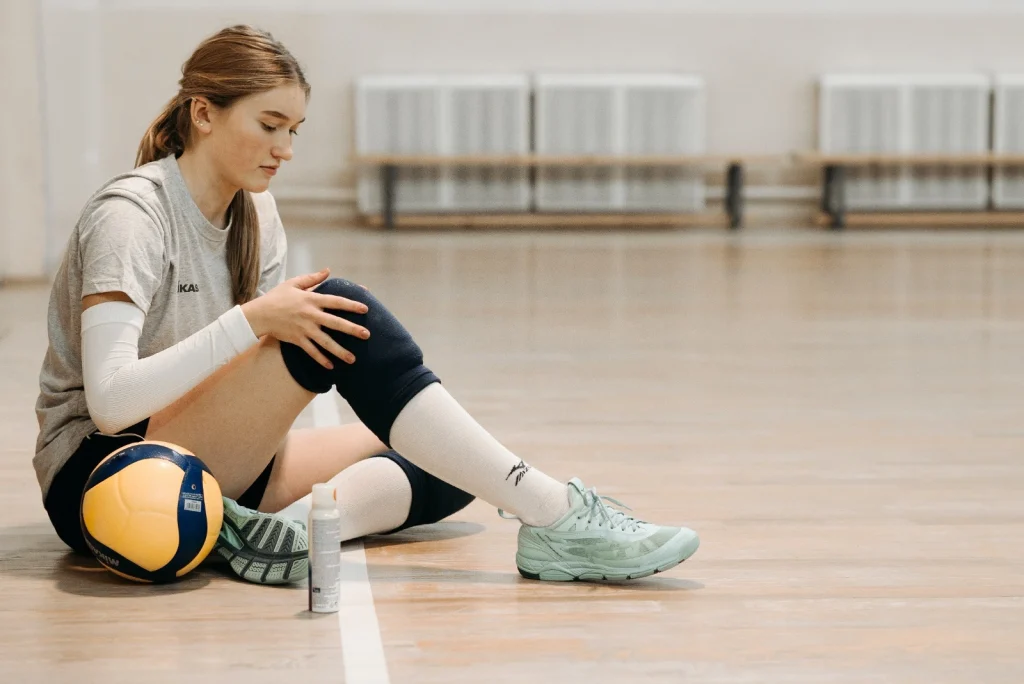
Understanding Tennis Shoes:
Purpose And Design:
Tennis shoes are specifically designed for the dynamic nature of tennis. Which involves a combination of lateral movements, quick sprints, stops, and starts. They provide the necessary support, stability, and durability for the player’s feet during long matches. Tennis shoes often have a mid-top or high-top design to provide additional ankle support.
Key Features:
- Durability: Tennis shoes are constructed with durable materials to withstand the abrasive court surface and the repetitive sliding and stopping motions that occur during play.
- Lateral Support: Tennis shoes prioritize lateral stability, featuring reinforced sides and supportive technologies that prevent the foot from rolling during side-to-side movements.
- Outsole Design: The outsoles of tennis shoes are optimized for grip on various court surfaces, with herringbone or modified herringbone patterns that provide excellent traction in all directions.

Materials Used For Tennis Shoes:
Upper Materials:
- Leather: Traditionally, tennis shoes have used leather uppers for their durability and support. However, synthetic leather has become more prevalent in modern tennis shoe designs due to its lightweight and flexible properties.
- Mesh: Similar to volleyball shoes, tennis shoes often incorporate mesh materials in the upper for breathability and ventilation.
Sole Materials:
- Rubber: Tennis shoe soles also utilize rubber compounds for their grip and traction on various court surfaces, including hard courts, clay courts, and grass courts. The outsole patterns may vary to optimize performance on different court types. Sometimes papular brands are used gum rubber soles.
- EVA (Ethylene-Vinyl Acetate) Foam: Many tennis shoes feature EVA foam in the midsole for cushioning and shock absorption, providing comfort during long matches and reducing the risk of joint injuries.

Important Note:
It’s important to note that the materials used can vary among different brands and shoe models. And advancements in shoe technology may introduce new materials or combinations. When choosing volleyball or tennis shoes. It’s recommended to consider the specific features, performance requirements, and personal preferences that suit your playing style and court conditions.
Can volleyball shoes be used for tennis?
While volleyball shoes are not specifically designed for tennis, they can be used as a temporary alternative in certain situations. However, it is essential to consider the following factors:
Traction And Outsole:
Volleyball shoes offer excellent traction on indoor courts. But their rubber outsoles may not provide the same level of grip on outdoor tennis courts, especially on clay or grass surfaces. The outsole patterns and rubber compounds are optimized for different types of movements and court conditions. So wearing volleyball shoes on a wear tennis court shoes could result in compromised traction.
Support And Stability:
Tennis shoes generally provide more lateral support and stability than volleyball shoes tend due to their specific design features. The reinforced sides and midfoot support in tennis shoes help prevent ankle injuries and provide stability during quick changes in direction. Volleyball shoes, with their low-top design, may not offer the same level of ankle support needed for a tennis court.
Cushioning And Comfort:
While both volleyball and tennis shoes offer cushioning, their designs prioritize different aspects of the sport. Volleyball shoes focus on shock absorption from jumps and landings, while tennis shoes emphasize cushioning for repetitive forward and lateral movements. Wearing volleyball shoes for tennis could result in a different distribution of cushioning, potentially affecting comfort and performance.
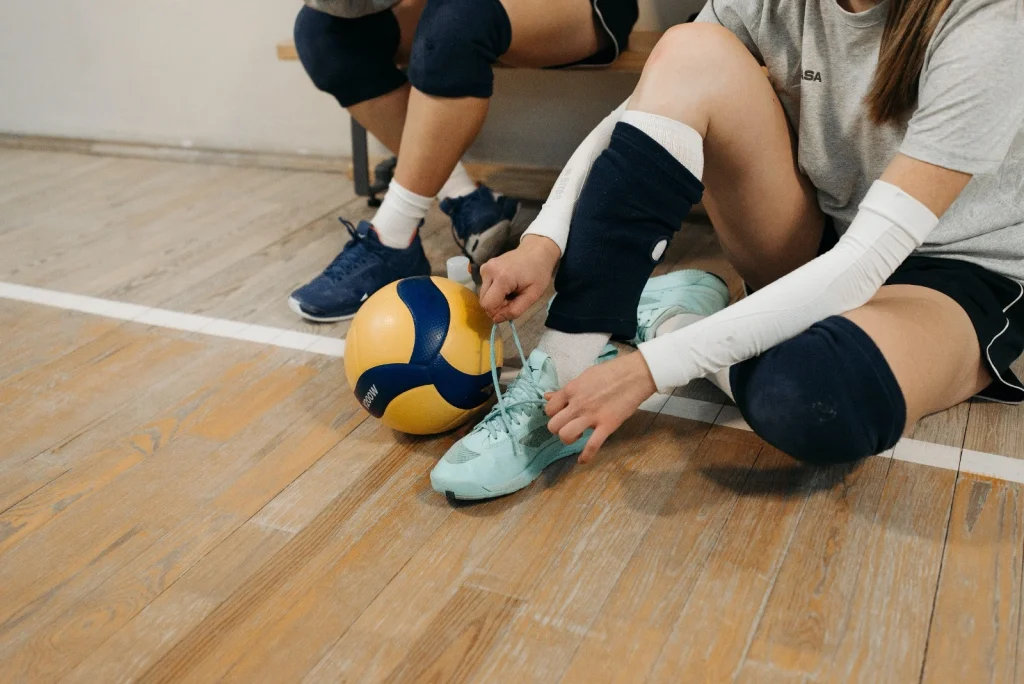
Related To: How Much Does It To Make A Shoe?
Comprehensive Comparison Of Tennis And Volleyball Shoes:
Tennis shoes and volleyball shoes are designed with specific features to cater to the unique demands of their respective sports. Tennis shoes prioritize lateral support, durability, and grip on various court surfaces.
They often have reinforced sides, specialized outsole patterns (such as herringbone or modified herringbone), and cushioning that are optimized for the repetitive forward and lateral movements involved in tennis. Additionally, tennis shoes provide stability to prevent ankle injuries during quick stops, starts, and changes in direction.
Tennis Shoes
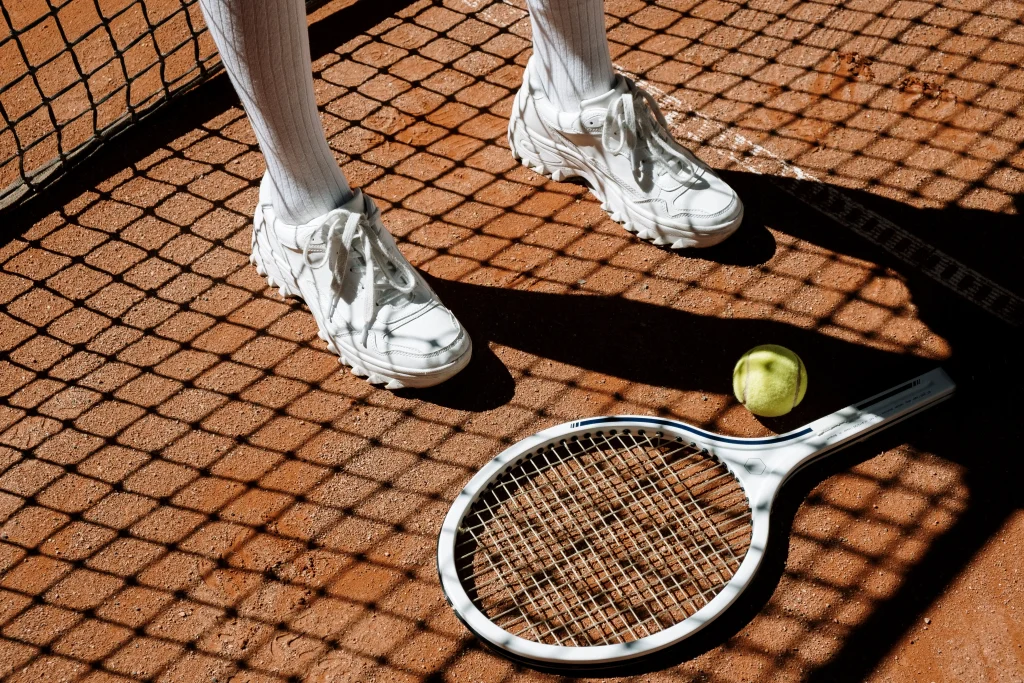
Volleyball Shoes

On the other hand, volleyball shoes are specifically engineered to enhance performance in the fast-paced and dynamic sport of volleyball same as play wear basketball shoes excel in providing stability, traction, and cushioning for the frequent lateral movements, quick changes in direction, and jumping involved in volleyball.
With their low-top design, they offer flexibility and freedom of movement for the ankle. Volleyball shoes feature specialized rubber outsoles with multidirectional patterns, providing optimal grip on indoor court surfaces, and cushioning that absorbs the shock of jumps and landings, protecting the player’s joints. Same as basketball shoes have different making and styles.
Conclusion:
In conclusion, while volleyball shoes may share some similarities with tennis shoes in terms of traction, cushioning, and support, they are not specifically designed for the demands of tennis. Volleyball shoes excel in providing stability, traction, and cushioning for the movements and jumps involved in volleyball, whereas tennis shoes prioritize lateral jump, durability, and grip on various court surfaces.
If you find yourself in a situation where you need to use volleyball shoes for tennis temporarily, it is important to consider the potential drawbacks. The traction may not be optimized for outdoor tennis courts, and the ankle support and cushioning may differ from what tennis shoes offer. However, if you are playing volleyball casual matches or practicing, volleyball shoes could serve as a temporary alternative until you can acquire proper tennis footwear.




